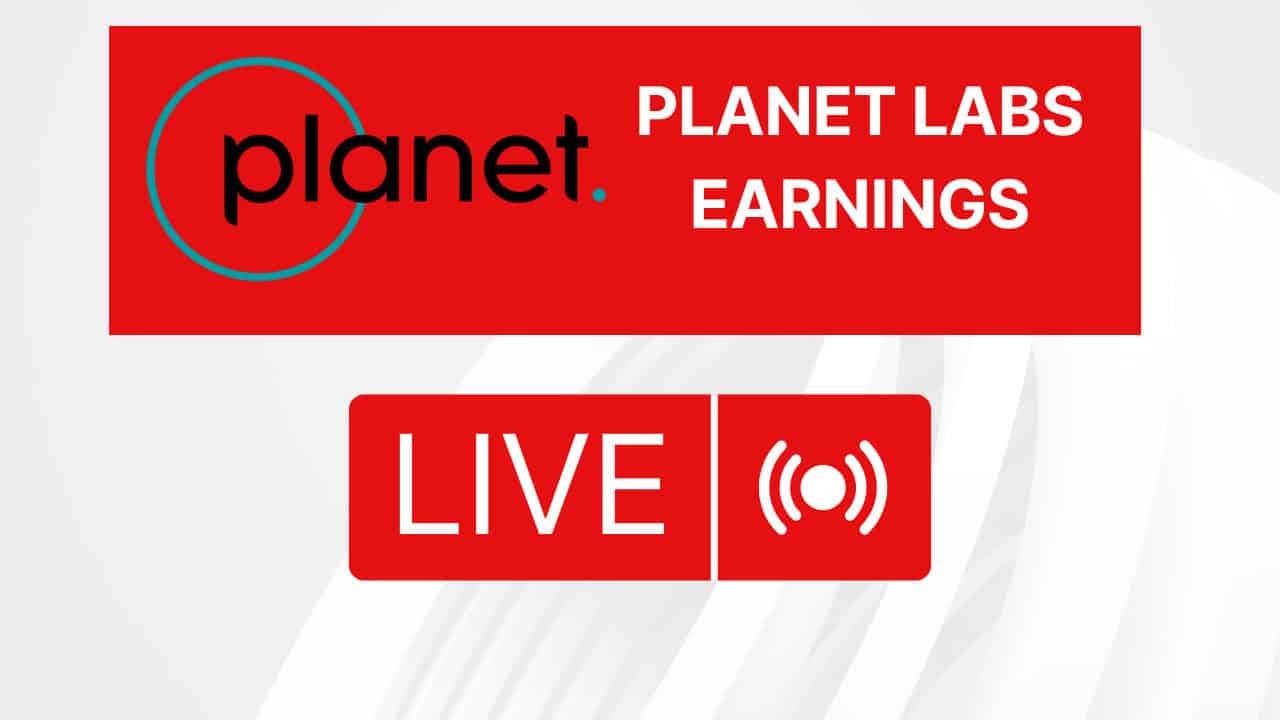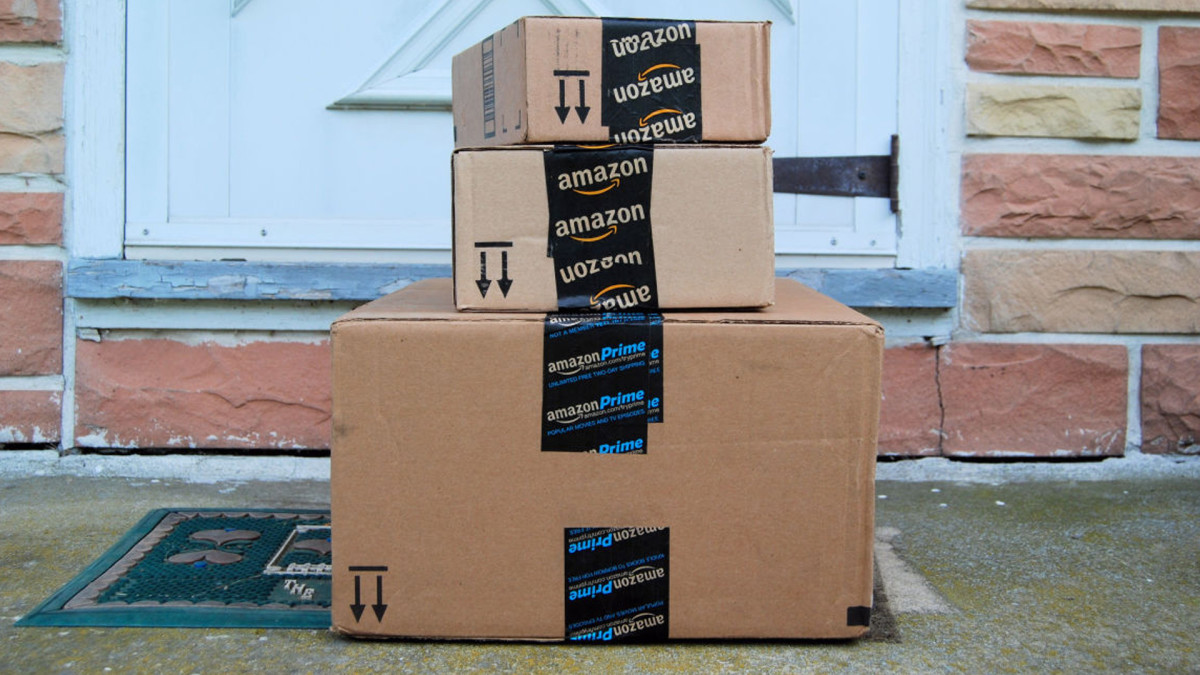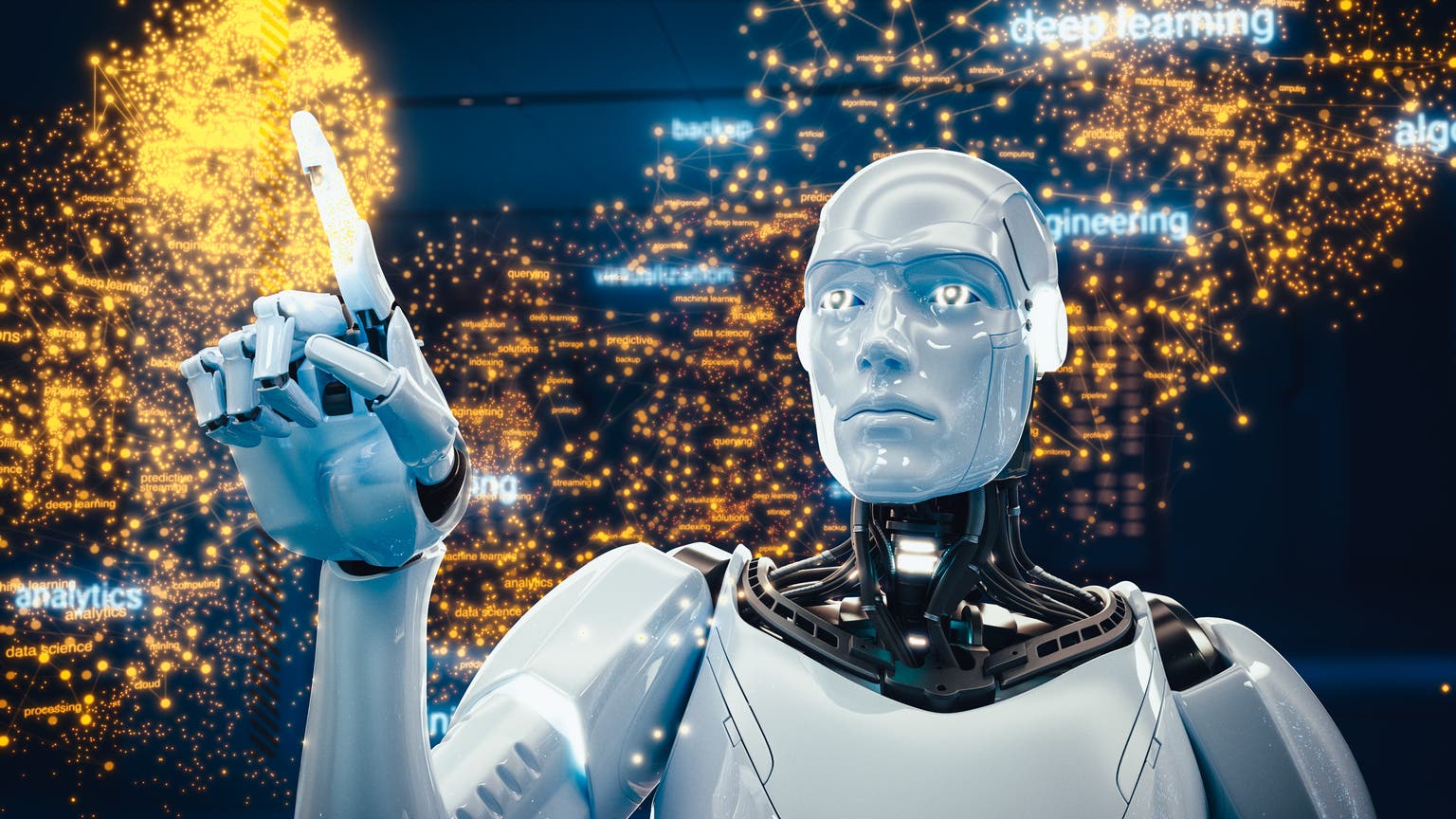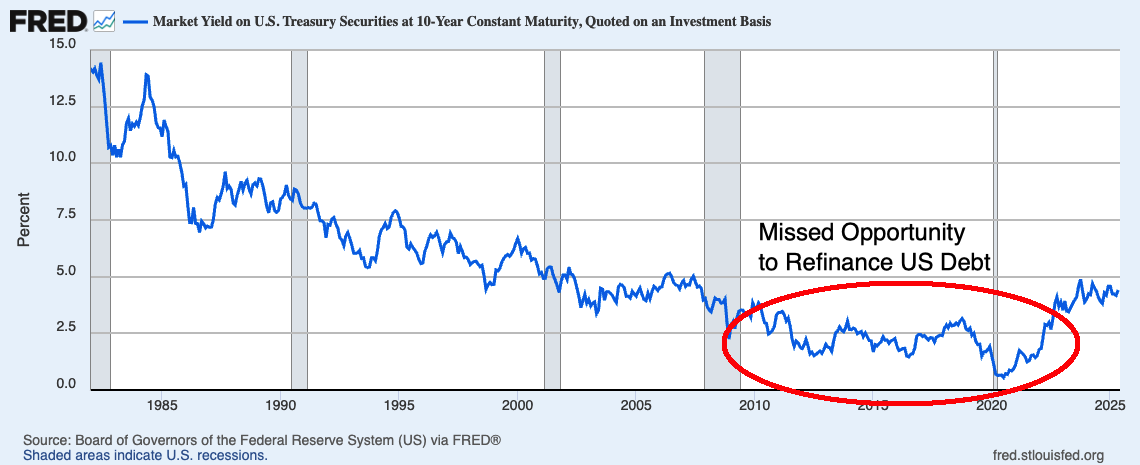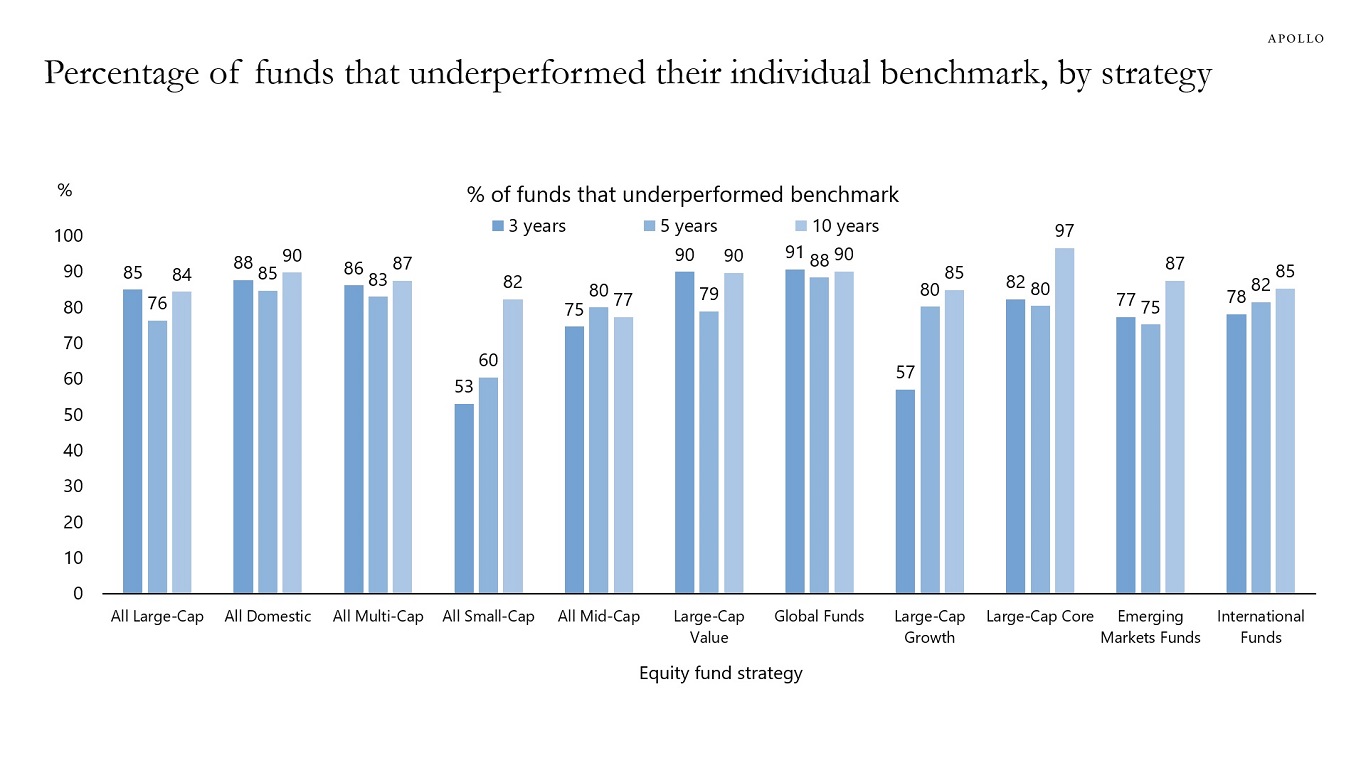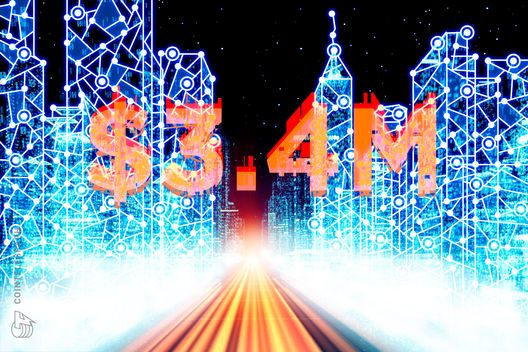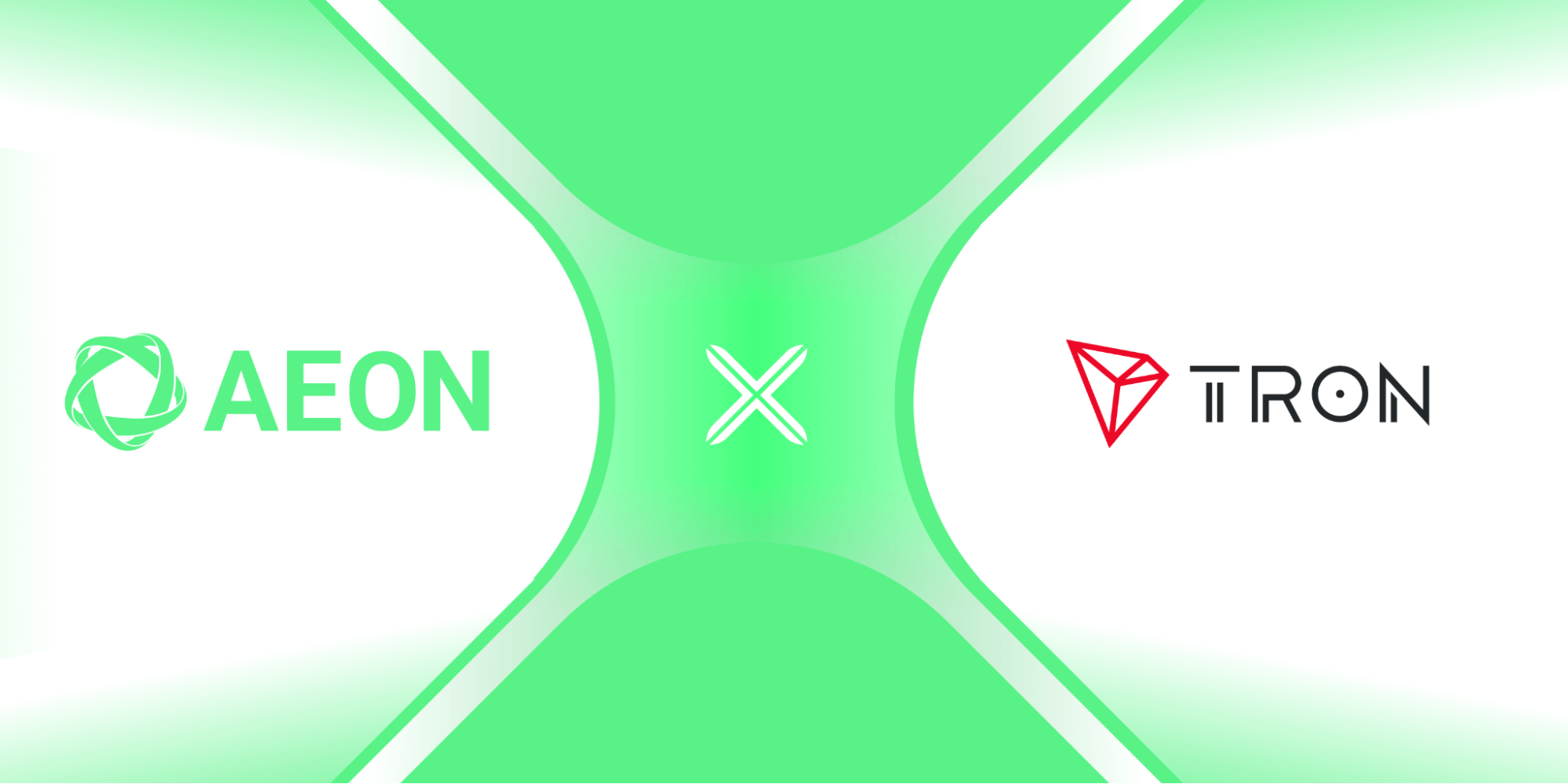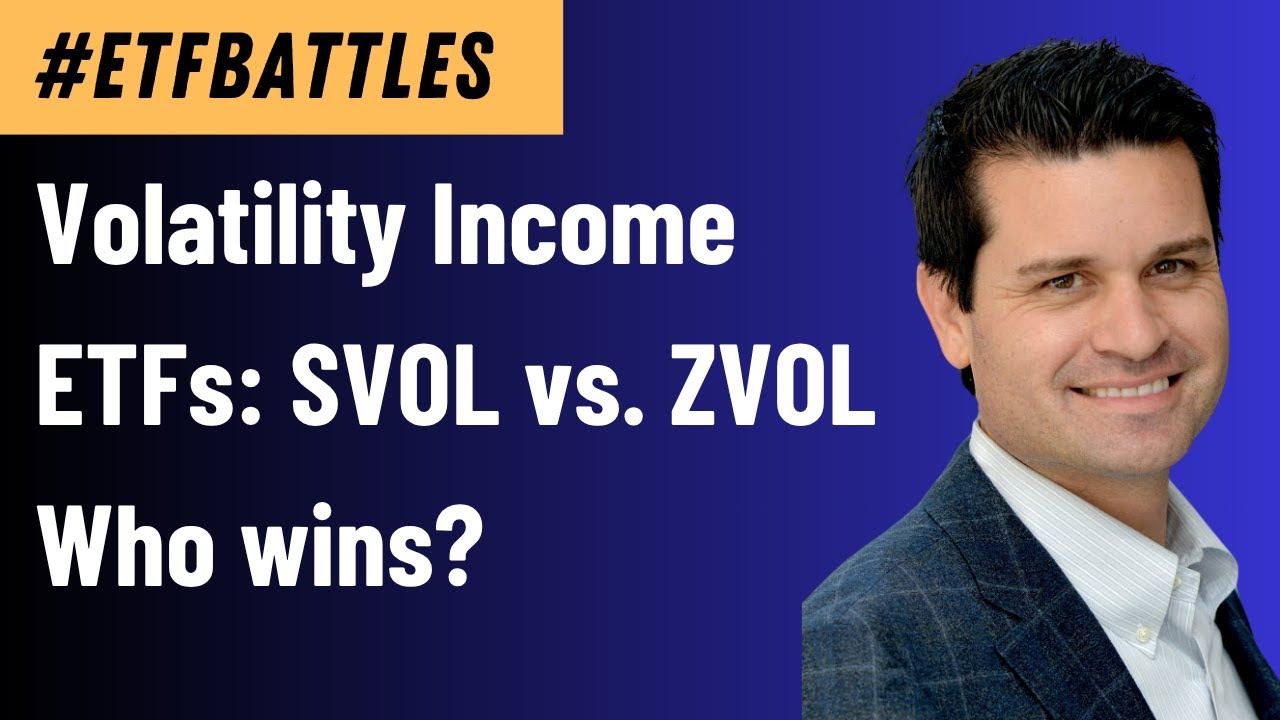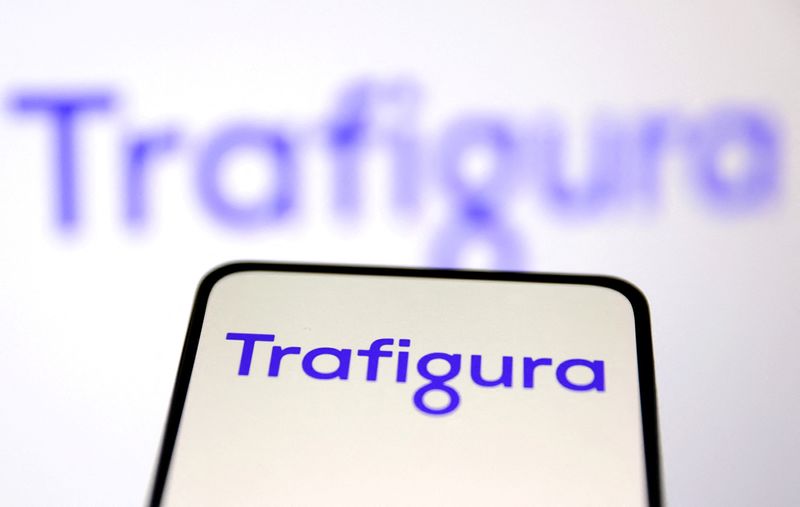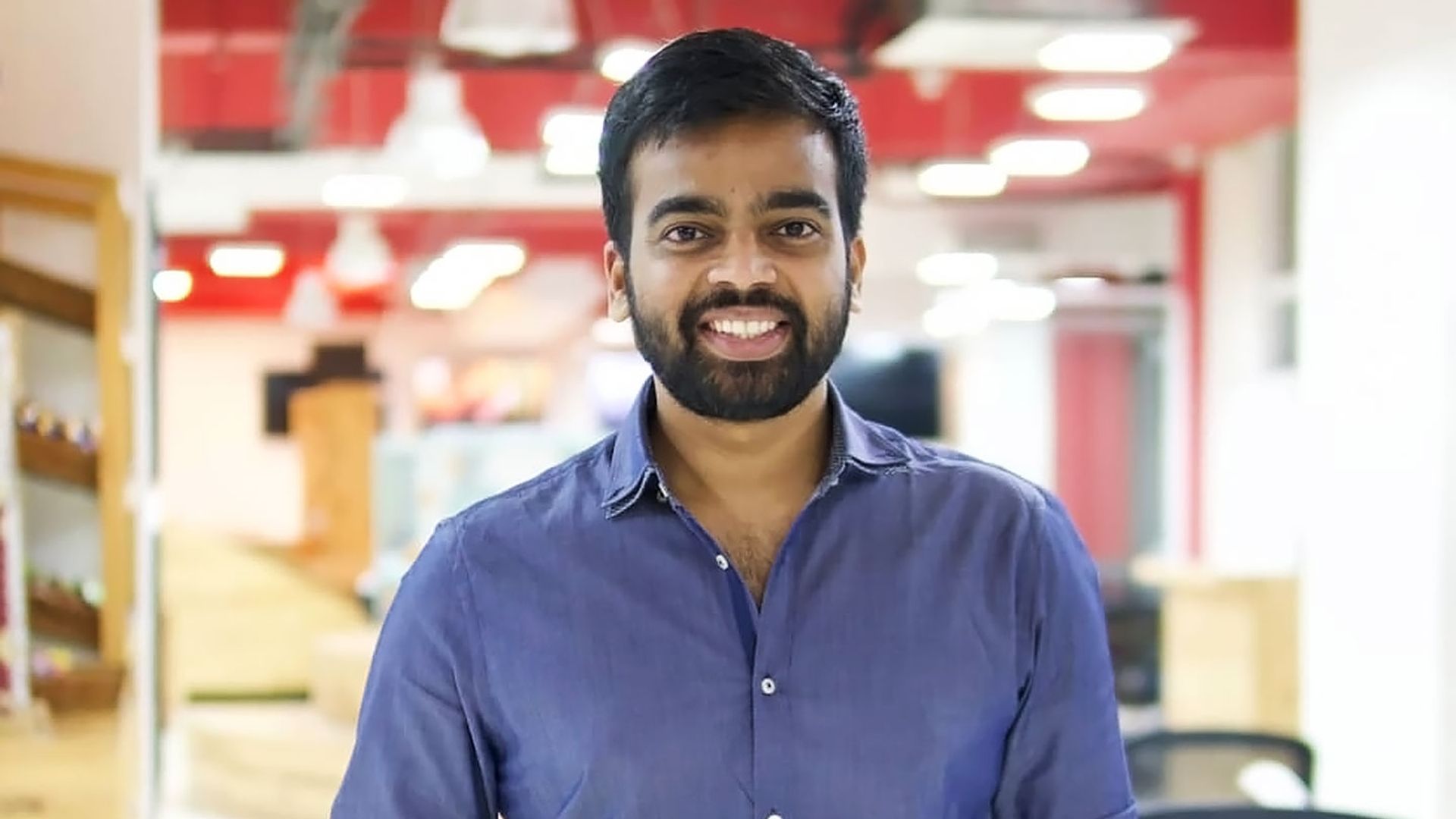OpenAI's $6.4 Billion Hardware Gamble Exposes the Closed AI Trap
The group’s massive bet on Jony Ive's hardware venture isn't a strategy. It's desperation, says Shaw Walters, the founder of Eliza Labs, and creator of ElizaOS.

OpenAI just spent $6.4 billion acquiring io, Jony Ive's nascent hardware venture. As someone who grew up idolizing the Jobs-Ive partnership—Mac Addict subscription, Marathon on shareware, one of everything they ever made—I understand the allure. But this move reveals OpenAI's existential crisis: they're playing a game they've already lost.
The Distribution Kings Have Already Won
Let's be clear about the consumer AI endgame: Google and Apple will dominate, with Microsoft trailing on desktop and maybe, eventually, phones. They have what OpenAI desperately lacks: hardware expertise, distribution channels, and capital scale that dwarfs even OpenAI's eye-watering funding rounds.
Hardware isn't just another moat—it's a moat where your competitors have decades of experience and you're learning to swim. Leaning into your weakness is how you get your head chopped off by companies that do this in their sleep. Apple ships hundreds of millions of devices annually. Google's Android runs on billions. OpenAI is acquiring a company that's never shipped anything.
The Roads Not Taken
There are paths OpenAI could pursue but won't. NSFW applications. Deep companionship that pushes beyond its sanitized ChatGPT. Autonomous agents that live in Discord servers, slide into iMessages, become actual digital beings inhabiting the internet. But they won't touch these opportunities—too hard to monetize, too dependent on competitors' platforms, too scary to contemplate the distribution possibilities.
These niches are ripe for smaller, higher-risk players, especially in open source. While OpenAI chases Apple's shadow, scrappy teams are building the AI experiences people actually want but can't get from buttoned-up corporate platforms.
The Burning Platform
Instead, OpenAI is stuck in a brutal position. They're desperately driving traffic to their website. Building an app that needs Siri's permission to exist. Pouring money onto the fire just to keep pace with competitors who can afford to burn cash indefinitely. Google and Anthropic match their capabilities while Microsoft—their supposed partner—hedges every bet.
The $6.4 billion for io isn't strategy; it's desperation. While much good may come of it, the moment felt like bought-attention, beneath a company that built the fastest growing product of all time in a very understated way. When your competitive advantage evaporates and your partners start looking elsewhere, you grasp for anything that might create a moat. Even if that moat is in territory where you're hopelessly outgunned.
READ MORE: Shaw Walters: ‘We’re Going to Automate All of the Jobs’
The Open Alternative They Won't Take
Here's what would make me champion OpenAI: make the hardware and models truly open. Let me personalize it, customize it, develop on it, make it genuinely mine. I want to be able to trust this device that I have such an intimate relationship with. Let them create a platform where thousands of developers can build the AI experiences OpenAI is too risk-averse to attempt.
I have no confidence in their corporate bravery, even with Sam at the helm. They're chasing the same closed ecosystem playbook that Apple perfected decades ago, except without Apple's advantages.
If I wanted a beautiful locked-box with an AI inside, I'll wait for Apple's version. At least it'll work with my other devices.
The Infrastructure Imperative
AI isn't another consumer product. For many, it's a life coach, a source of truth, a friend. This intimate relationship demands transparency, ownership, and control that closed systems can't provide.
Open-source AI projects already match or exceed OpenAI's performance while running on local hardware. ElizaOS, Mistral, and others prove that community development outpaces corporate R&D. While OpenAI burns billions on beautiful hardware, open communities are solving real problems today.
The security argument for closed systems has collapsed. When AI becomes as critical as electricity or water, proprietary control becomes actively dangerous. Switzerland mandates open-source for government systems because transparency enables security. Every Equifax-scale breach reinforces this truth.
The Beautiful Box We Could Own
Here's the opportunity staring OpenAI in the face: be the anti-Apple. While Google and Apple lock users into their ecosystems, OpenAI could build something revolutionary—truly open hardware running truly open models. Imagine Ive's design genius creating devices we can actually modify, customize, and make our own.
This isn't just idealism; it's strategy. OpenAI can't out-Apple Apple or out-Google Google. But they could pioneer something neither incumbent would dare attempt: premium hardware that respects user sovereignty. Beautiful devices that developers can extend. AI companions that users genuinely own.
The $6.4 billion io acquisition doesn't have to be a defensive play. It could be the beginning of a new paradigm—one where OpenAI leads by opening up rather than locking down. They have Ive's design excellence, Altman's vision, and a moment in history where people are hungry for alternatives to Big Tech's surveillance capitalism.
I want OpenAI to succeed. Not as another walled garden, but as proof that open systems can be as elegant as closed ones. That user empowerment and beautiful design aren't mutually exclusive. That the future of AI can live in a box we actually own, modify, and understand.
The choice is theirs: become another also-ran in the closed ecosystem race, or pioneer the open future we desperately need.











































